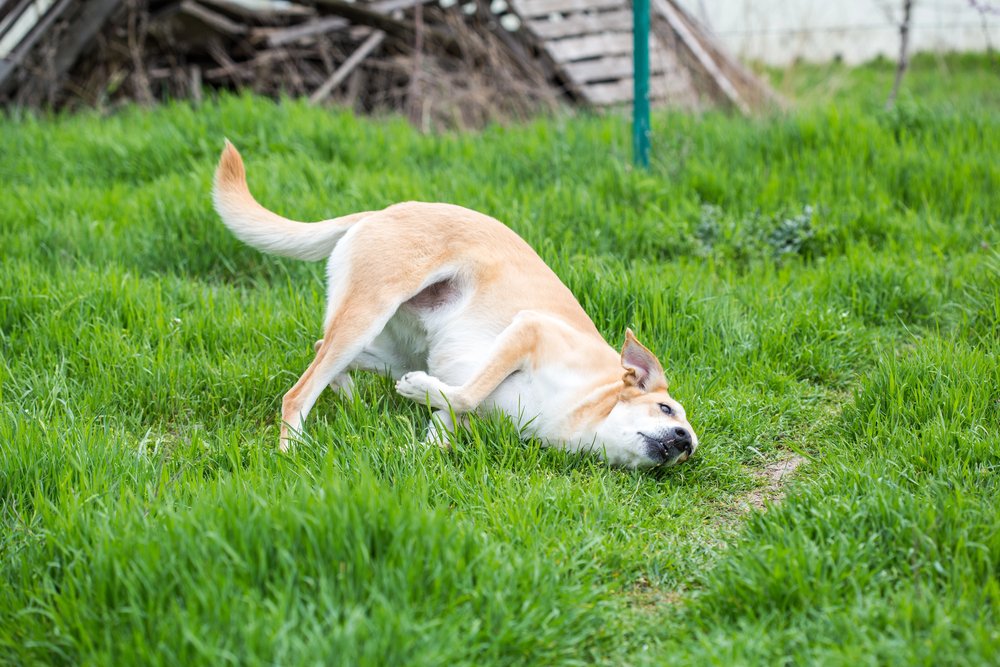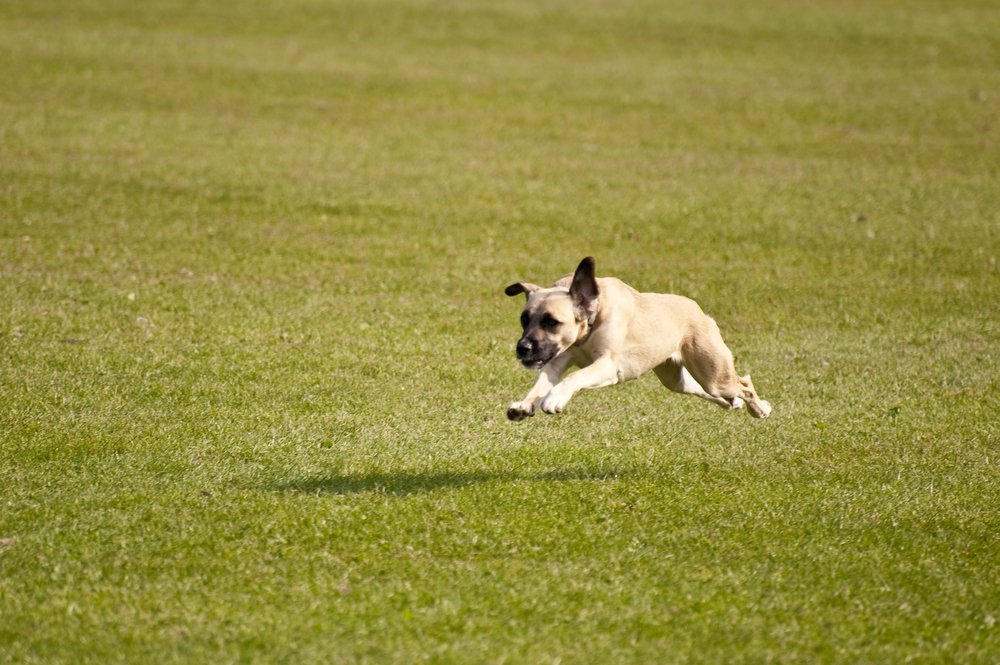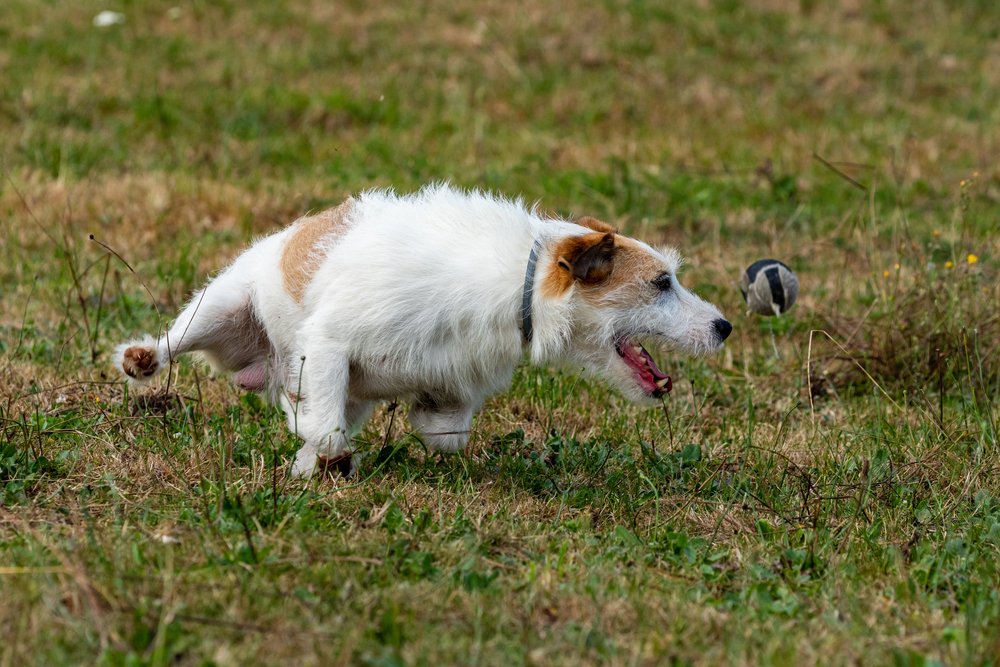If you’ve ever witnessed a sudden burst of energy from your dog, characterized by rapid running and playful behavior, you’ve likely observed an occurrence known as the “zoomies.” These energetic episodes are scientifically referred to as Frenetic Random Activity Periods (FRAPs) and are common among dogs of all breeds and ages. This article discusses the adorable and intriguing reasons dogs experience zoomies and what these bursts reveal about their physical and emotional state.
Understanding the Science Behind Zoomies

From a scientific perspective, zoomies are a natural form of stress release and energy expenditure. Dogs, like humans, accumulate energy throughout the day, and zoomies are a way for them to burn off excess energy in a quick and joyful manner. Understanding the biological and psychological basis of zoomies provides insight into the behavior and well-being of our canine companions.
It’s All About Release

Zoomies often occur after a period of rest or confinement, serving as a release mechanism for pent-up energy. Dogs that have been crated or have stayed indoors due to inclement weather are more likely to exhibit zoomies once given the freedom to roam. This release is not just physical; it’s an emotional expression of joy and liberation.
Exercise-Related Zoomies

Following a long walk or a short burst of intense exercise, dogs may exhibit zoomies as their post-workout cool-down session. The excitement and adrenaline that builds up during physical activity need an outlet, and zoomies provide just that. During these moments, the playful behavior helps to maintain their muscle tone and cardiovascular fitness.
Social Interaction and Zoomies

Zoomies can be triggered by social interactions, such as meeting new canine friends or greeting their favorite human. These social zoomies are a confirmation of the dog’s friendly disposition and joy in building social bonds. By zooming, dogs demonstrate their enthusiasm in an exaggerated, but harmless, way.
The Role of Age and Breed

While all dogs can experience zoomies, certain breeds and age groups tend to be more predisposed to these energetic occurrences. Younger dogs and those with high energy levels, such as Terriers and Herding breeds, are more likely to engage in frequent zoomies. Older dogs, although less prone, may still have occasional zoomies fueled by nostalgic youthful exuberance.
Emotional Triggers for Zoomies

Various emotional states contribute to a dog’s tendency to exhibit zoomies. Stress, excitement, and happiness are primary emotional triggers. For instance, a dog may have zoomies after a bath, driven by the relief of being dry again and the happiness of feeling refreshed. Recognizing these emotional links can help owners better understand their dog’s behavior.
Time of Day and Environmental Factors

The time of day and specific environmental conditions can also influence when dogs have zoomies. Many dogs experience zoomies during the early morning or late evening when temperatures are more agreeable. Environmental factors such as weather changes or specific scents in the air can also trigger these energetic episodes.
How to Safely Support Zoomies

While zoomies are generally a healthy expression of a dog’s natural behavior, ensuring their safety is crucial. Maintaining a secure, open space free of hazards like furniture or sharp objects minimizes injury risks. Supervision is essential to prevent potential accidents, especially in homes with children or other pets.
What If Your Dog Doesn’t Get the Zoomies?

Some dogs may rarely or never experience zoomies, which is entirely normal. Factors like personality, energy level, and even health issues can influence this behavior. If your dog doesn’t get the zoomies, there’s no cause for concern as long as they exhibit other signs of a happy and healthy life.
Conclusion

Zoomies are more than just a burst of energy; they represent the joyous spirit and natural instincts of dogs. Understanding why dogs get the zoomies enhances our appreciation for these lively creatures and allows us to cater to their behavioral and emotional needs. Whether it’s an outlet for energy or an expression of happiness, zoomies are a delightful aspect of canine behavior that reminds us of their vibrant and spontaneous nature.

Esther is from India; the heartbeat of South Asia, holding a Master’s degree in Zoology and a postgraduate diploma in Animal Welfare. Her enthusiasm for animal welfare drives her passion and dedication to working for animals, ensuring their well-being, and advocating for their rights. With a solid academic background and hands-on experience, she is committed to making a positive impact in the field of animal welfare. In her free time, she enjoys embroidery and sewing. As a Chennaite from Tamil Nadu, Esther loves Bharathanatyam, an Indian classical dance form.





